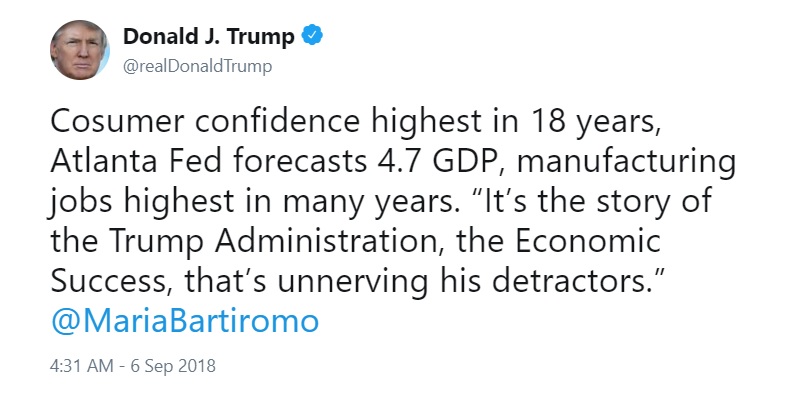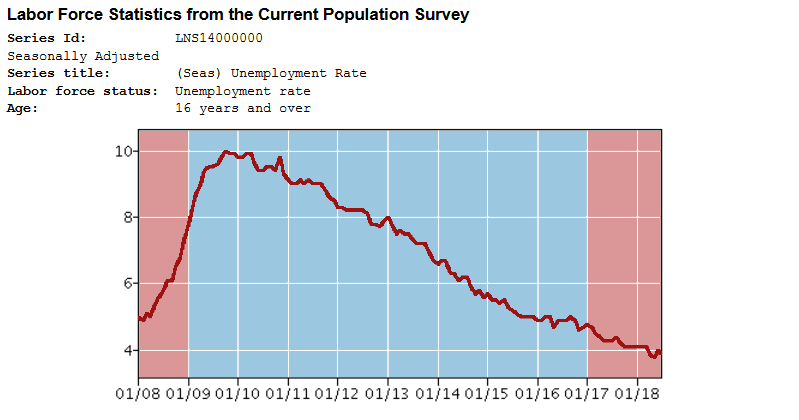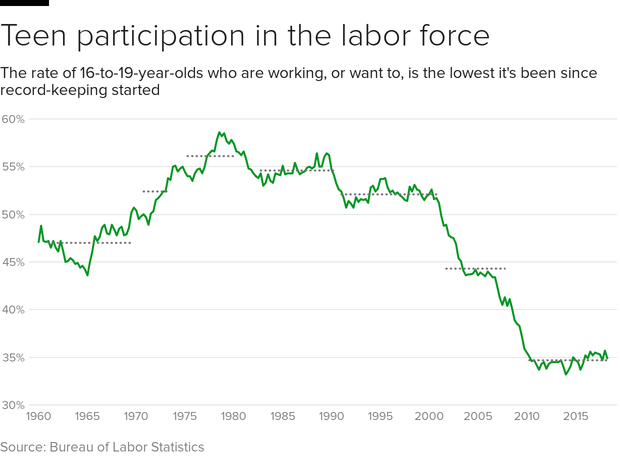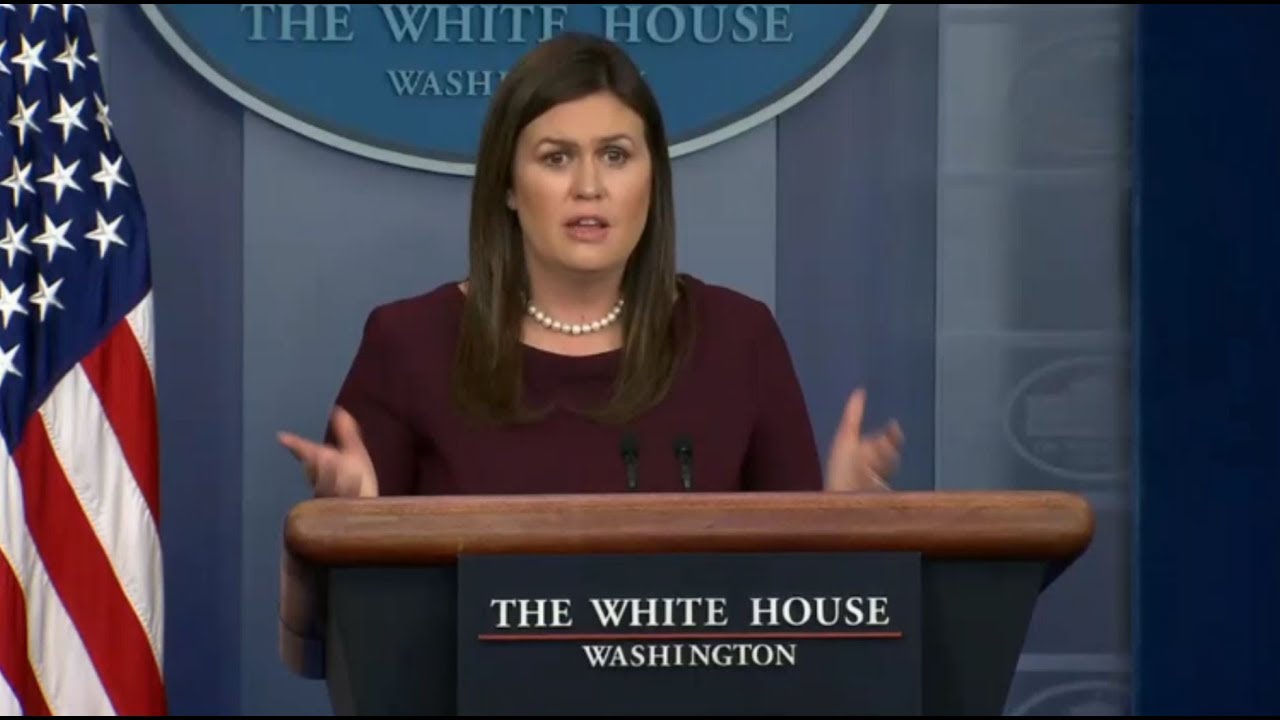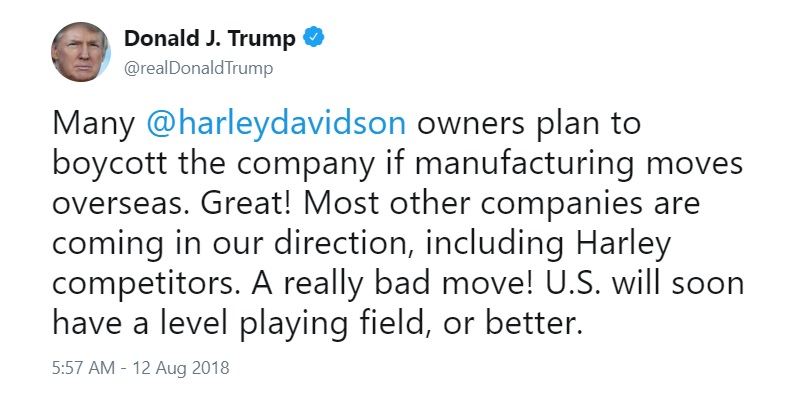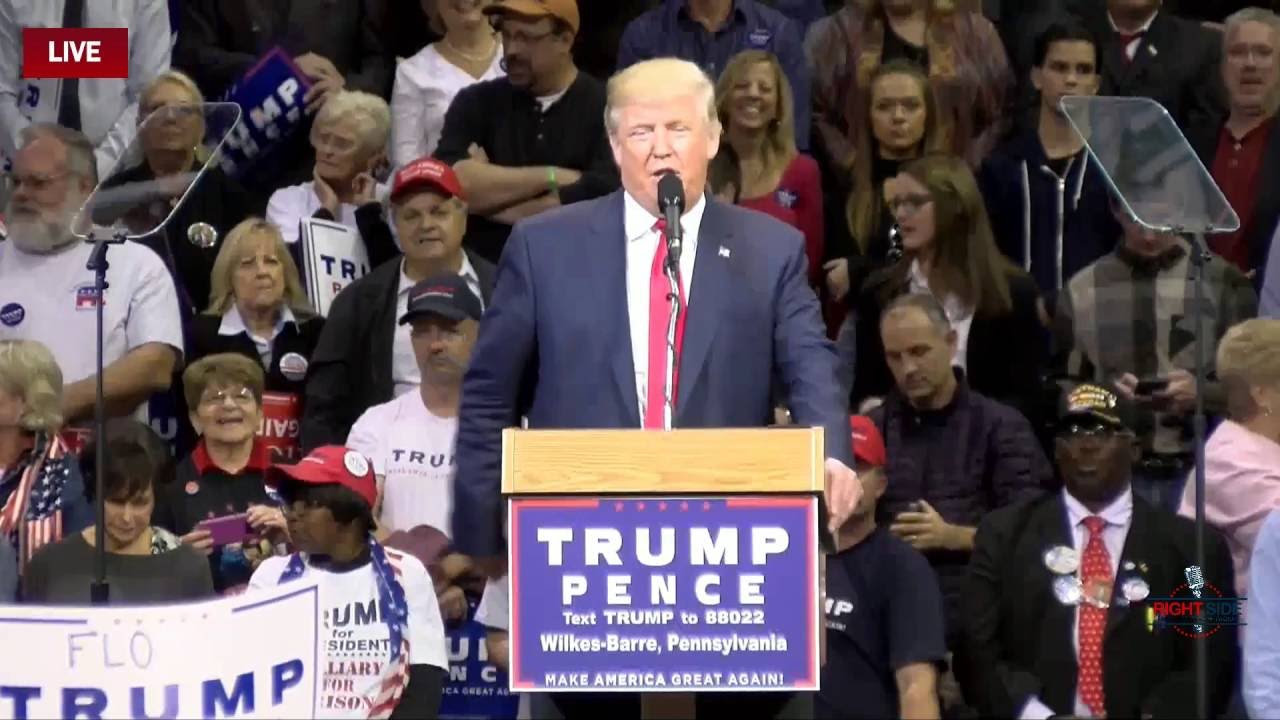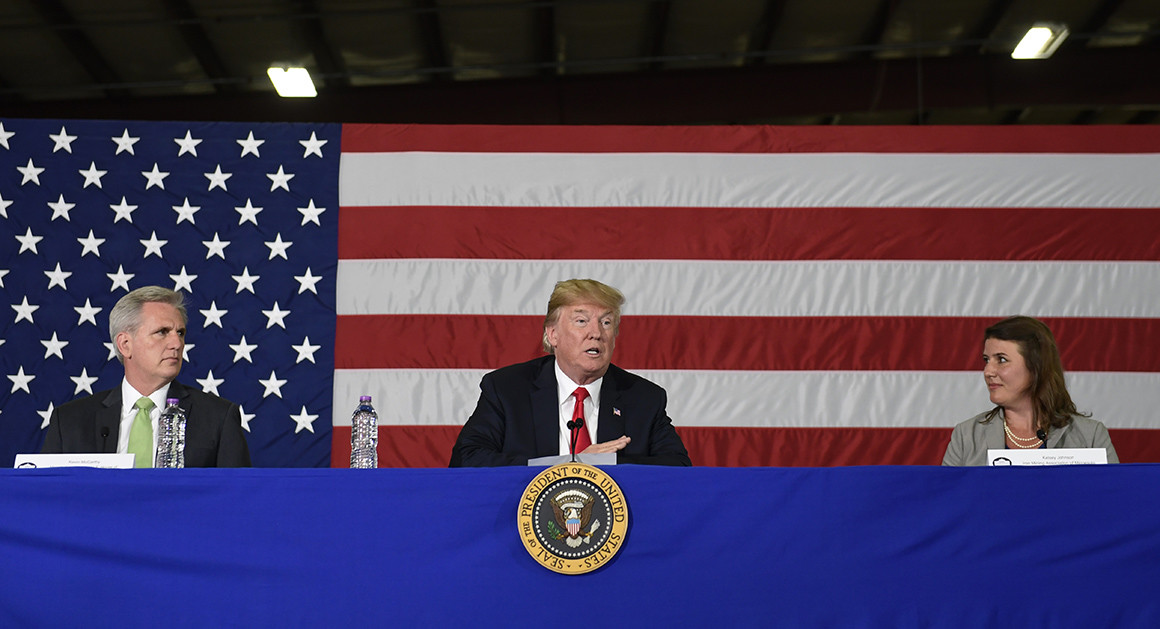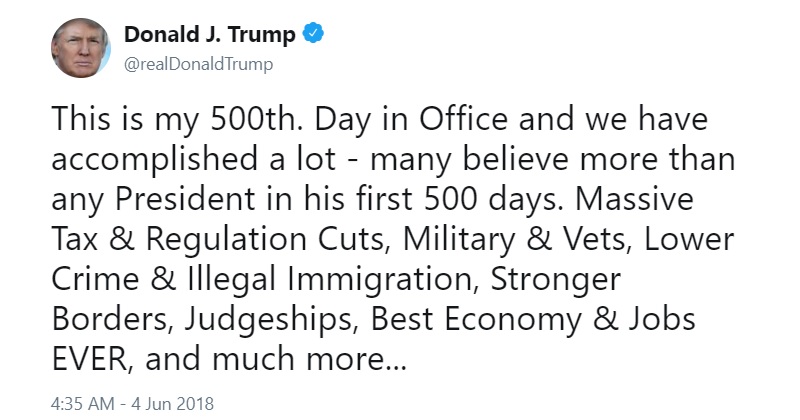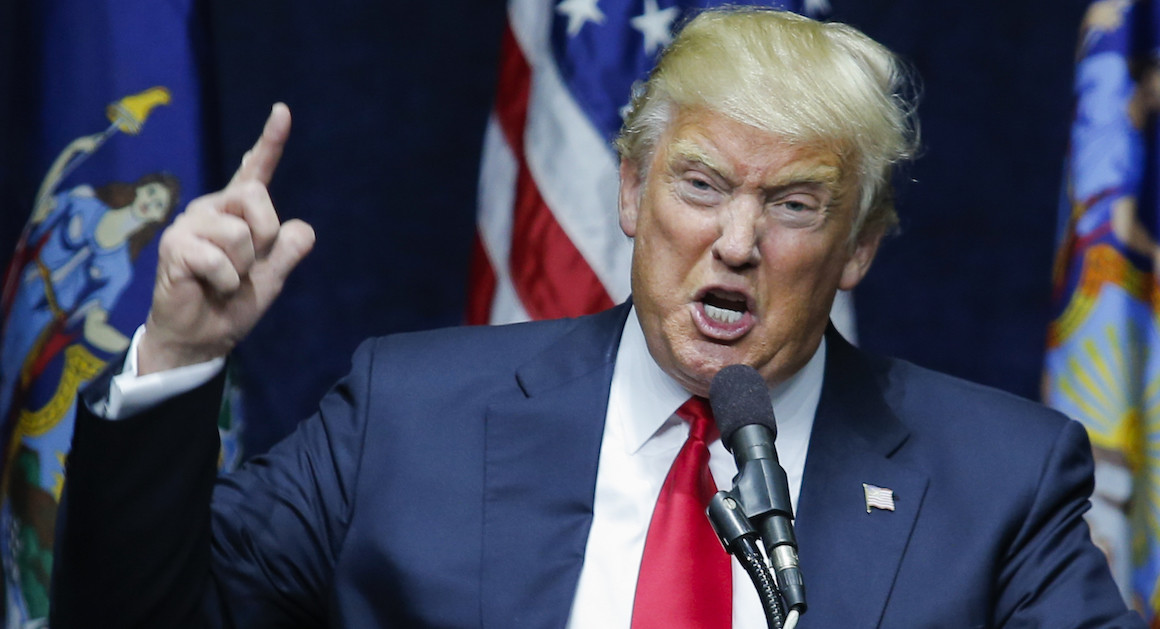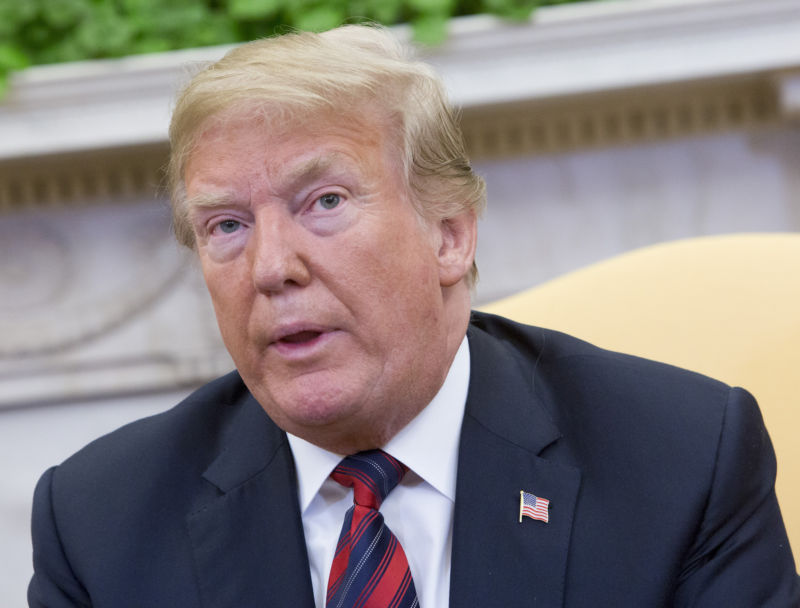President Trump followed through on a threat to impose steep metal tariffs on U.S. allies Thursday, a long-awaited decision that analysts said moved the country closer to a trade war.
Commerce Secretary Wilbur Ross said that Canada, Mexico and the European Union would be subject to a 25% tariff on steel and a 10% tariff on aluminum beginning at midnight on Thursday. Brazil, Argentina and Australia agreed to limit steel exports to the U.S. to avoid tariffs, he said.
“The president’s overwhelming objective is to reduce our trade deficit,” Ross said.
The decision was the latest by the Trump administration to project a more protectionist stance amid ongoing trade negotiations with China and other countries. But it drew a sharp rebuke and promises of retaliation from longstanding allies.
“These tariffs are totally unacceptable,” Canadian Prime Minister Justin Trudeau said Thursday. “These tariffs are an affront to the long-standing security partnership between Canada and the United States.”
European trade officials have previously threatened to respond to Trump’s move with duties on U.S.-made motorcycles, orange juice and bourbon, among other things. Jean-Claude Juncker, president of the European Commission, reiterated that position Thursday, saying Europe would impose duties on “a number of imports from the U.S.”
“This is protectionism, pure and simple,” he said.
The Mexican economic ministry said it would move to place tariffs on U.S.-made pork, flat steel, apples, cheese and other products.
Trump announced the tariff and aluminum tariffs in early March but offered temporary exemptions to the European Union, Canada, Mexico and a number of other allies. He extended those exemptions in late April, noting at the time it would be the “final” delay unless the countries agreed to other concessions.
“We are awaiting their reaction,” Ross said of the other countries. “We continue to remain quite willing, indeed eager, to continue discussions.”
The move promoted criticism from a number of Republicans on Capitol Hill, especially those with large agricultural industries.
“This is dumb,” said Sen. Ben Sasse, R-Neb. “Europe, Canada and Mexico are not China, and you don’t treat allies the same way you treat opponents.”
The decision comes days after the Trump administration announced $50 billion of new tariffs on Chinese imports, after officials had earlier said it was “putting the trade war on hold” with Beijing. Ross is set to travel to China this weekend to continue trade talks.
The Trump administration has relied on a 1962 law that allows countries to impose trade restrictions for national security purposes. The president has also justified the tariffs by pointing out “shuttered plants and mills” and the decades-long slide of manufacturing.
Several analysts said they are concerned the approach will have the opposite effect.
“The initial blows in the trade wars have finally landed,” said Eswar S. Prasad, former head of the International Monetary Fund’s China division and a professor at Cornell University. “It is now clear that Trump’s threats about trade sanctions are more than just bluster and are to be taken seriously.”
Prasad said the hard line approach might net Trump some short-term wins, but said “it could eventually result in the U.S. playing a diminished” role in global trade.
“He doesn’t have a strategy that’s going to lead to making American manufacturing great again,” said Robert Scott, a trade expert at the Economic Policy Institute. “There will continue to be a series of tit-for-tat battles.”
The U.S. imported 34.6 million metric tons of steel last year, a 15% increase from 2016, according to the U.S. Department of Commerce.
Canada was the top source of U.S. imported steel, accounting for 77%, according to the International Trade Administration. Mexican steel accounts for about 9% of U.S. imports.
The majority of that metal is used in construction, auto manufacturing and appliances.
The tariffs, as well as export controls agreed to by Brazil and others, will raise the price of steel and aluminum in the U.S., making domestic producers more competitive while adding to the price buyers of the metals must pay.
“We think that’s going to put the industry in real peril,” said Jerry Howard, president of the National Association of Home Builders. “We were very excited by the tax bill, but it turns out the tax bill giveth, and tariffs taketh away.”
Ann Wilson with the Motor & Equipment Manufacturers Association said its members are already paying tariffs on many of the components they import to make auto parts. Imposing additional barriers on the metals used to make those parts, she said, amounts to a “double tariff.”
“There is little doubt that the uncertainty and added costs the administration is creating will put U.S. investments and jobs at risk,” Wilson said.
Steel trade with Canada and Mexico is covered under the North American Free Trade Agreement, but the president is relying on a provision of U.S. law that allows him to claim the imports represent a threat to national security.
Many observers believe the announcement Thursday is the latest effort to prod stalled negotiations over rewriting NAFTA, which Trump repeatedly promised to do during his campaign for president.
“This really is an attempt to strengthen the negotiating power of the U.S. when it comes to renegotiating NAFTA,” said Ned Hill, who teaches economic development at Ohio State University. “This is just very public, bare-knuckle negotiating.”
[USA Today]
Reality
Trump promised he would go after countries who “cheated” in trade, but we do not have a major trade imbalance with our friends and allies.
